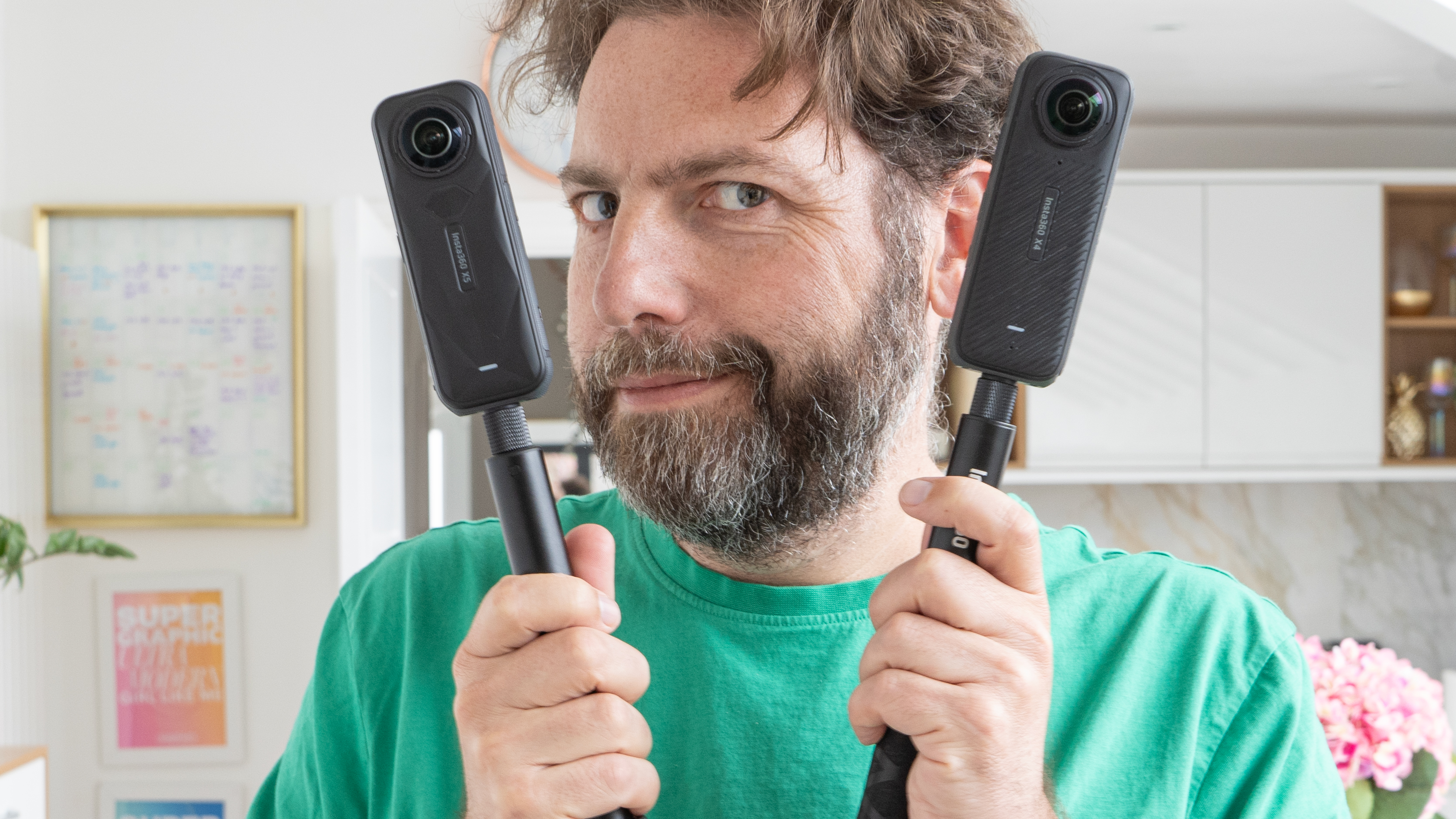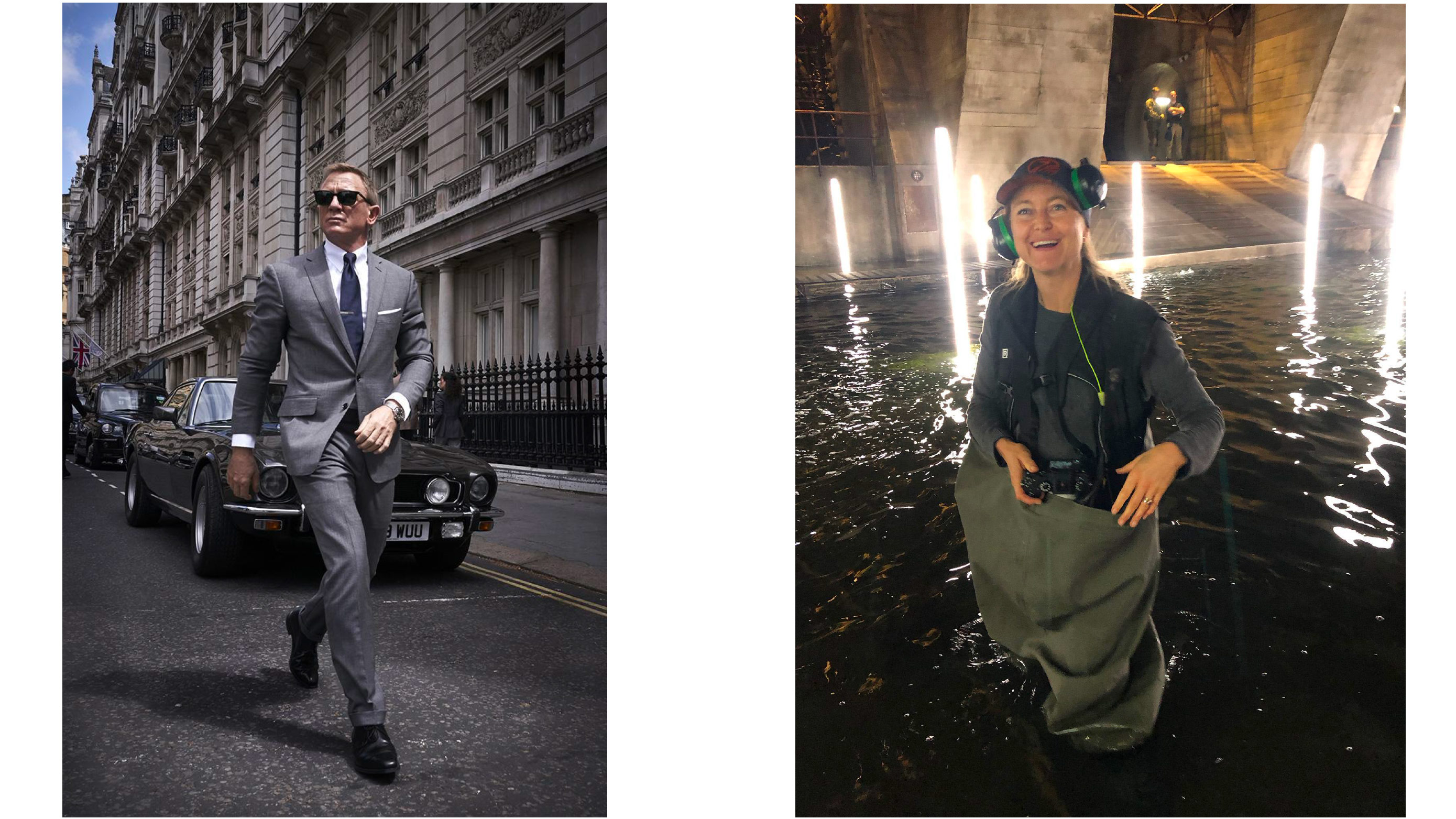
As 007: No Time to Die sets box offices alight across the globe, images from the 25th James Bond film have been appearing everywhere from movie posters to online reviews to social media – and many of these were captured by stills photographer Nicola Dove, who spent seven months shooting the production.
Originally from New Zealand, Nicola Dove describes her international career in film stills photography as a challenging but exciting job.
• Read more: Best professional cameras
“The hours can be long, but no two days are ever the same and we sometimes work in some incredible locations. I’ve shot in Venetian palaces, Moroccan markets, Parisian cafes, Italian lakes, and at many incredible studio set builds including the famous 007 Stage in Pinewood London.”
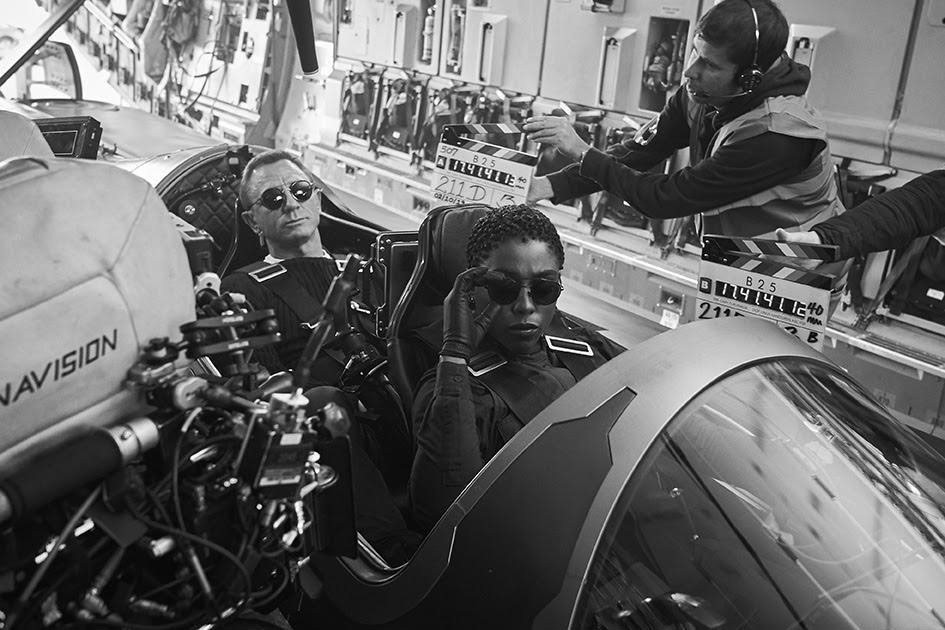
Her experience in the field has led to Dove creating the online Film Stills Academy, where she teaches other photographers about film stills photography. Her students are now working on film productions both big and small in various parts of the world.
“As stills photographers, our part of the puzzle is to gather the best photography we can that represents the story. That’s the best way we can honor everyone's hard work and hopefully help draw people in to watch the film.”
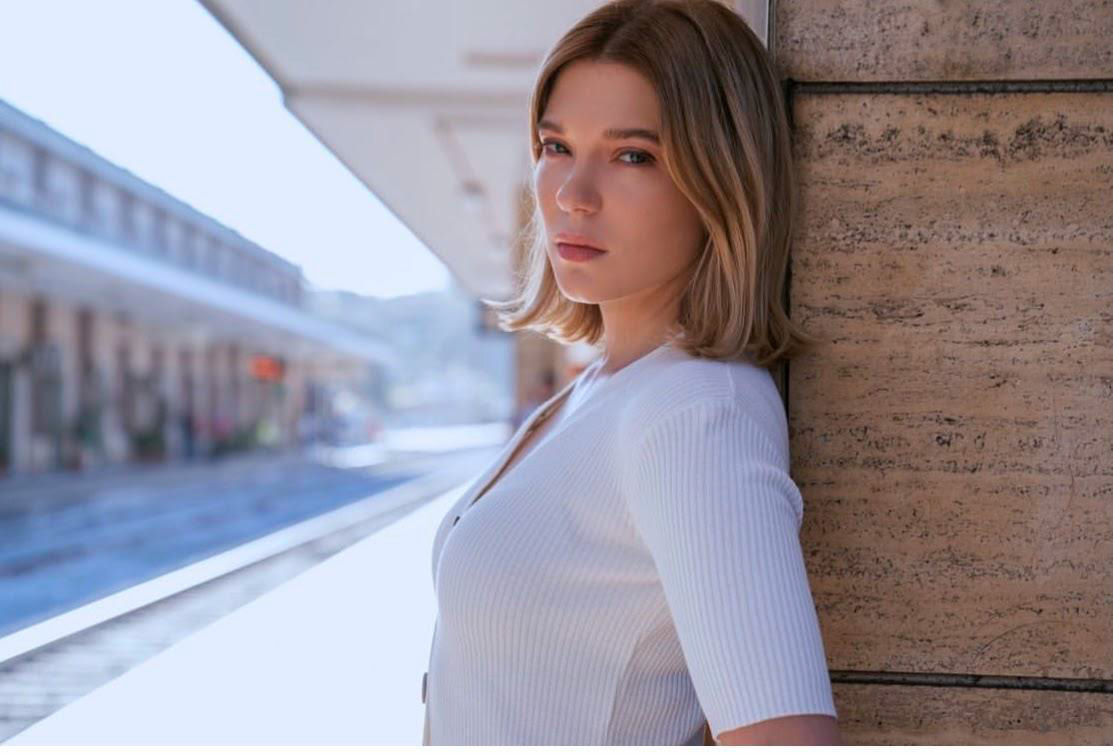
The No Time to Die shoot was seven months long across different countries – Jamaica, Norway, the United Kingdom and Italy.
Get the Digital Camera World Newsletter
The best camera deals, reviews, product advice, and unmissable photography news, direct to your inbox!
“It takes a high level of understanding and cooperation among the crew, the different departments, to shoot at such intensity for so long, but just knowing that everyone on a film like Bond is at the top of their game is inspiring. I loved every minute.”
Shooting stills on a James Bond film was an experience of a lifetime for Nicola, and she shared with us the seven things she discovered:
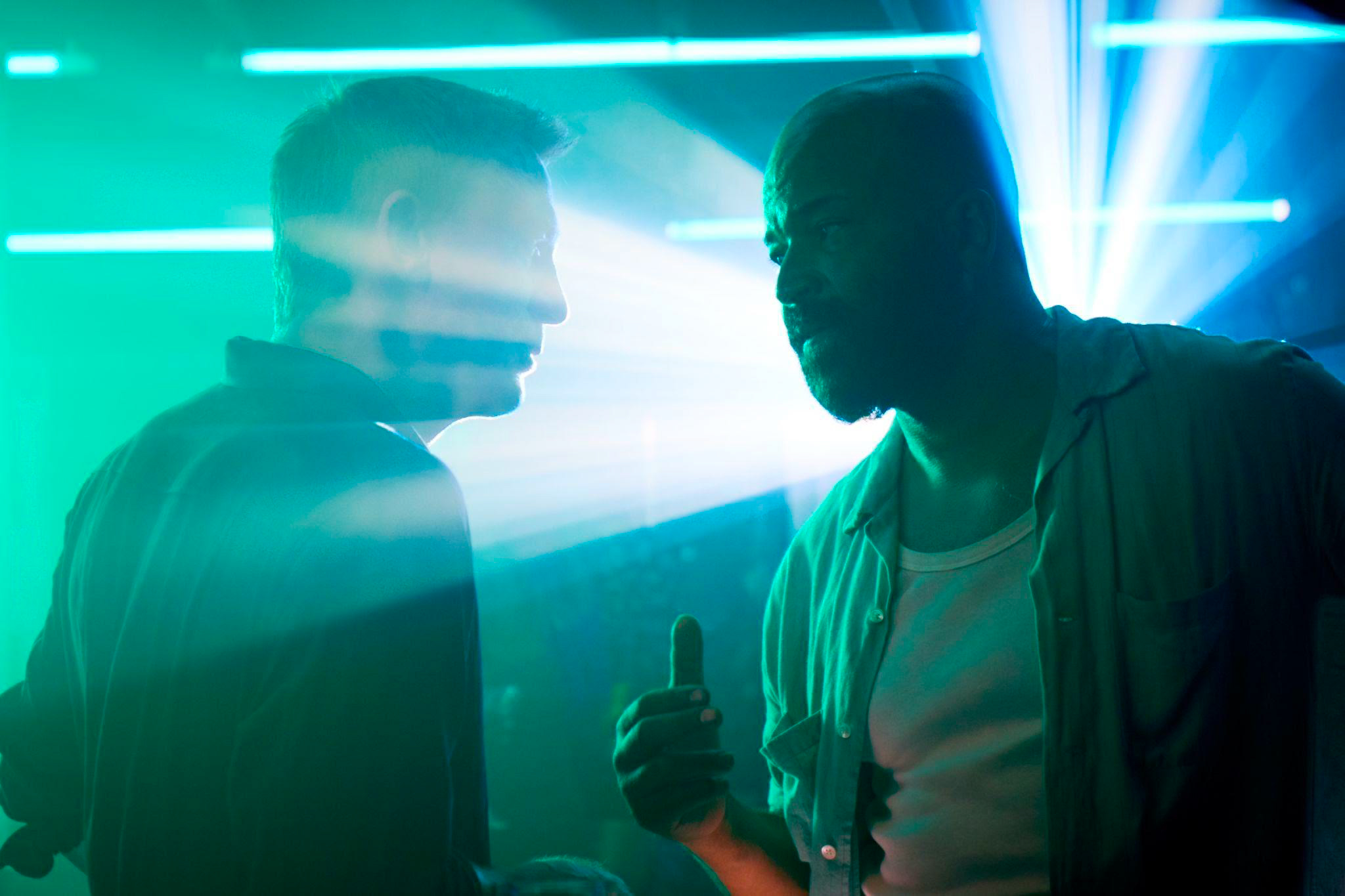
1) Good ear protection is a necessity!
Obviously on a Bond film there will be explosions and guns, and even without them being loaded they are still extremely loud. I used two layers – one ear plug that you squeeze and it reforms in your ear canal, plus proper ear muffs which are often provided on set when there are loud weapons during a scene. I only have one ear that works, so I really have to look after it.
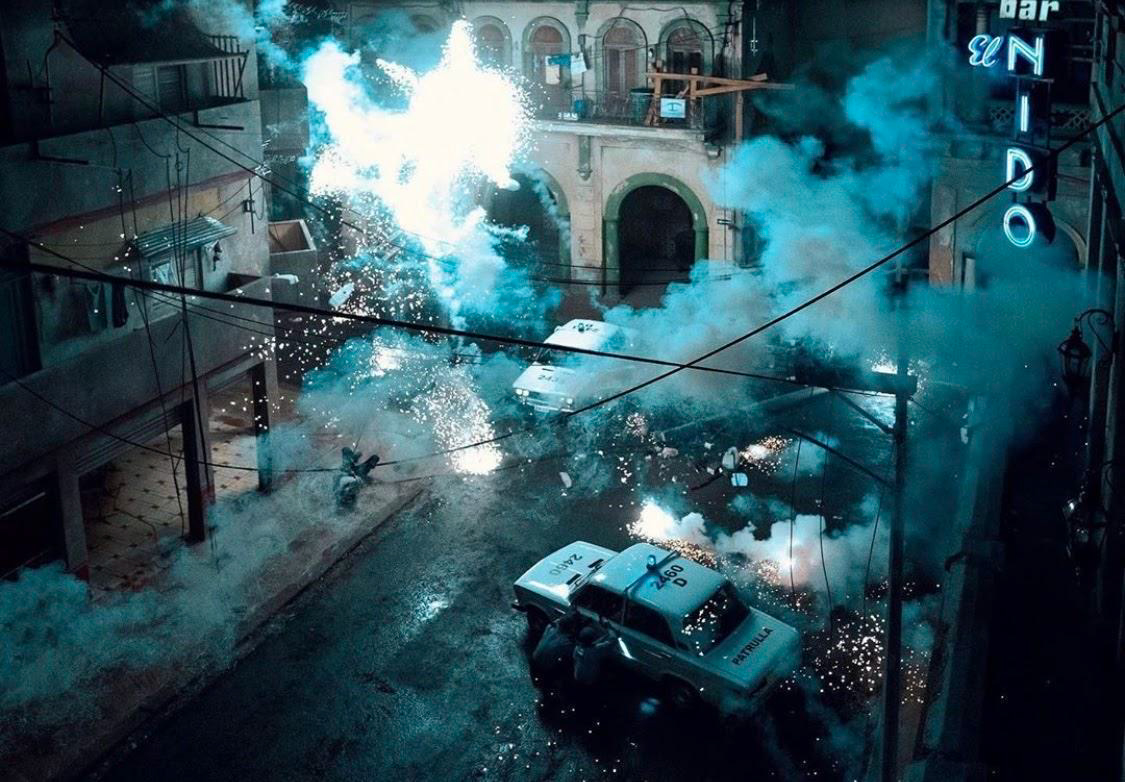
2) You don't need ALL the gear to shoot a Bond film
I have two Sony A9 bodies and two zoom lenses (a 24-70mm and a 70-200mm), plus a backup Nikon DSLR kit, which I needed in Jamaica because one of my Sony A9s got damaged while out filming on a boat. It’s important that I’m light on my feet so I concentrate on using the gear I have really well, being in the right place at the right time, and nailing those frames that convey a story and a moment.
Mirrorless cameras have been a revolution for film stills photographers: After many years of shooting with my camera housed in a big heavy blimp to stop the sound of the shutter, it’s like being set free.
3) Cooperation is key on a film set
Many of the Bond crew have worked on a number of 007 movies over the years (Chris Corbould, the special effects supervisor, has done 11 Bond films!) and they are at the top of their game. They know not to get rattled, to work together, to create space for each other.
As a photographer on set you have to balance not getting in the way with making sure you get great images of the action, over which you have very little control. It’s about knowing where to be when – and when to make yourself scarce. It’s challenging but ultimately so rewarding to nail an image that helps sell the film.
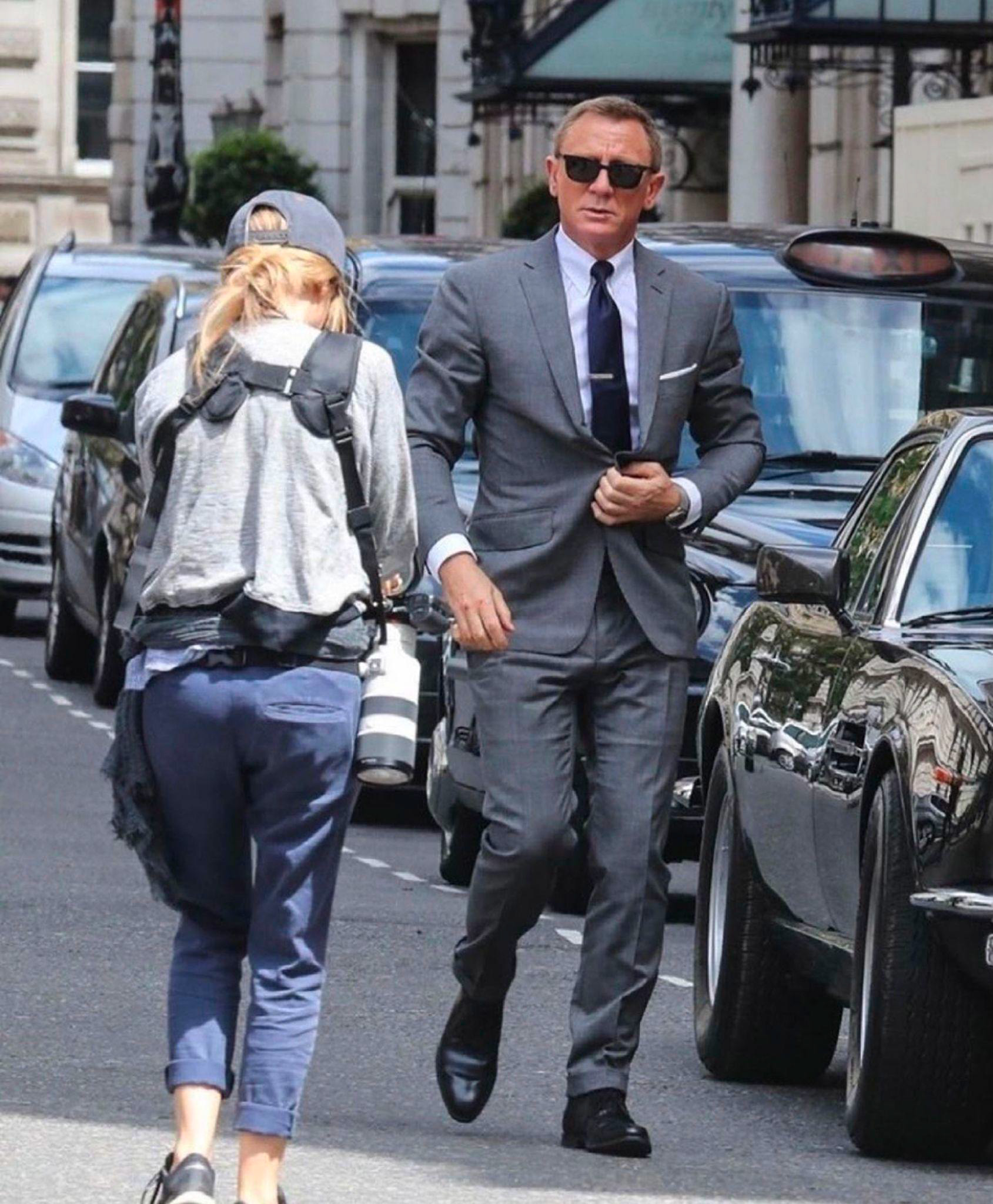
4) Avoid Scottish Highland ticks at all costs
Sometimes as a stills photographer you need to lie on the ground to get the best angle, or to stay out of a shot. Well, in the Highlands of Scotland you run the risk of a tick latching on and crawling under your clothing, with the very real prospect of subsequently catching Lyme disease.
So, as a precaution, I made sure to wear over-trousers, then gaters, which are lower leg covering that hikers often use, over top. Plus I wore everything tucked in, plus a jacket, gloves and a scarf. Then if you add in a mosquito netting headwear you look like you are ready for some kind of battle. Which you are, it's just a battle with very small creatures that can really mess up your day.
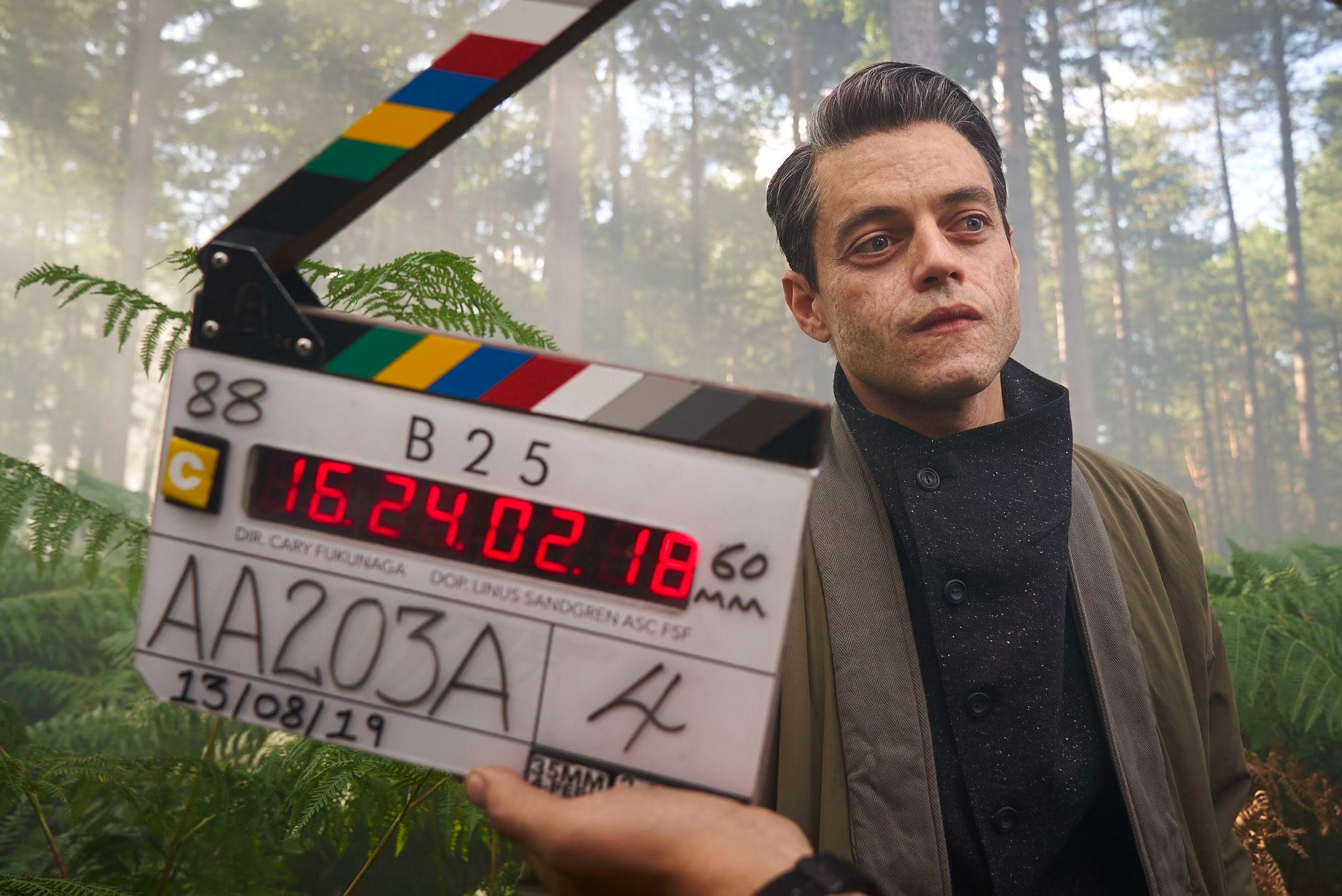
5) Daniel Craig has a sensitive side
His emotion broke through as he spoke to the assembled crew after the last take on the last night of filming No Time To Die – you can see this for yourself on the behind the scenes documentary Being James Bond on Apple TV. He is very loyal to the people around him. I had actually worked with him about 15 years before, on a film called Enduring Love, and he hadn’t changed at all since being Bond – still a friendly, ultra-professional actor who gets on with the crew very well.
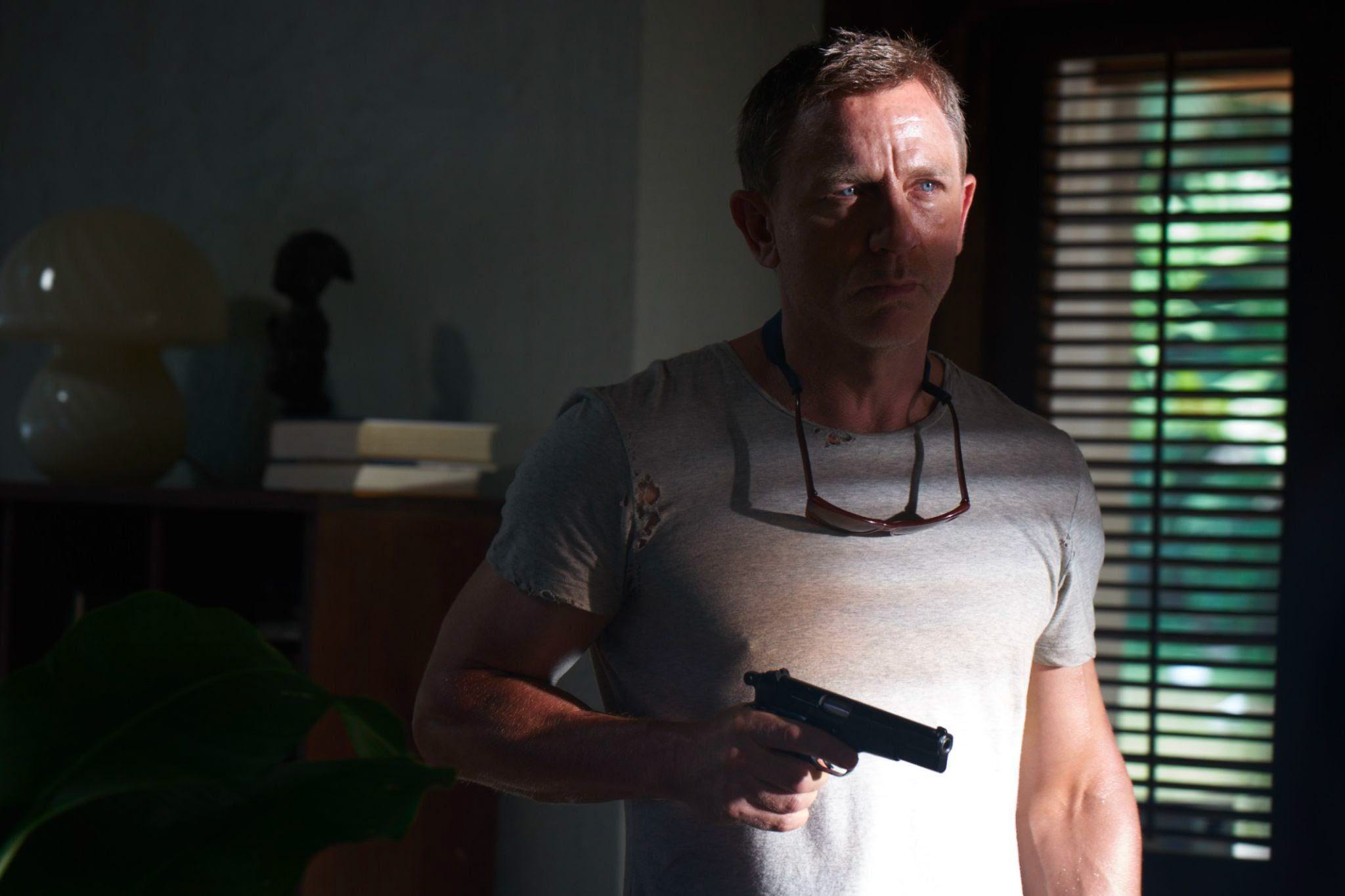
6) The small moments are often the best
Even on big action films, the drama often lies in a look or a gesture. Not that shooting those big explosions isn’t fun – it really is! – but there is nothing like capturing an actor's expression and gestures up close.
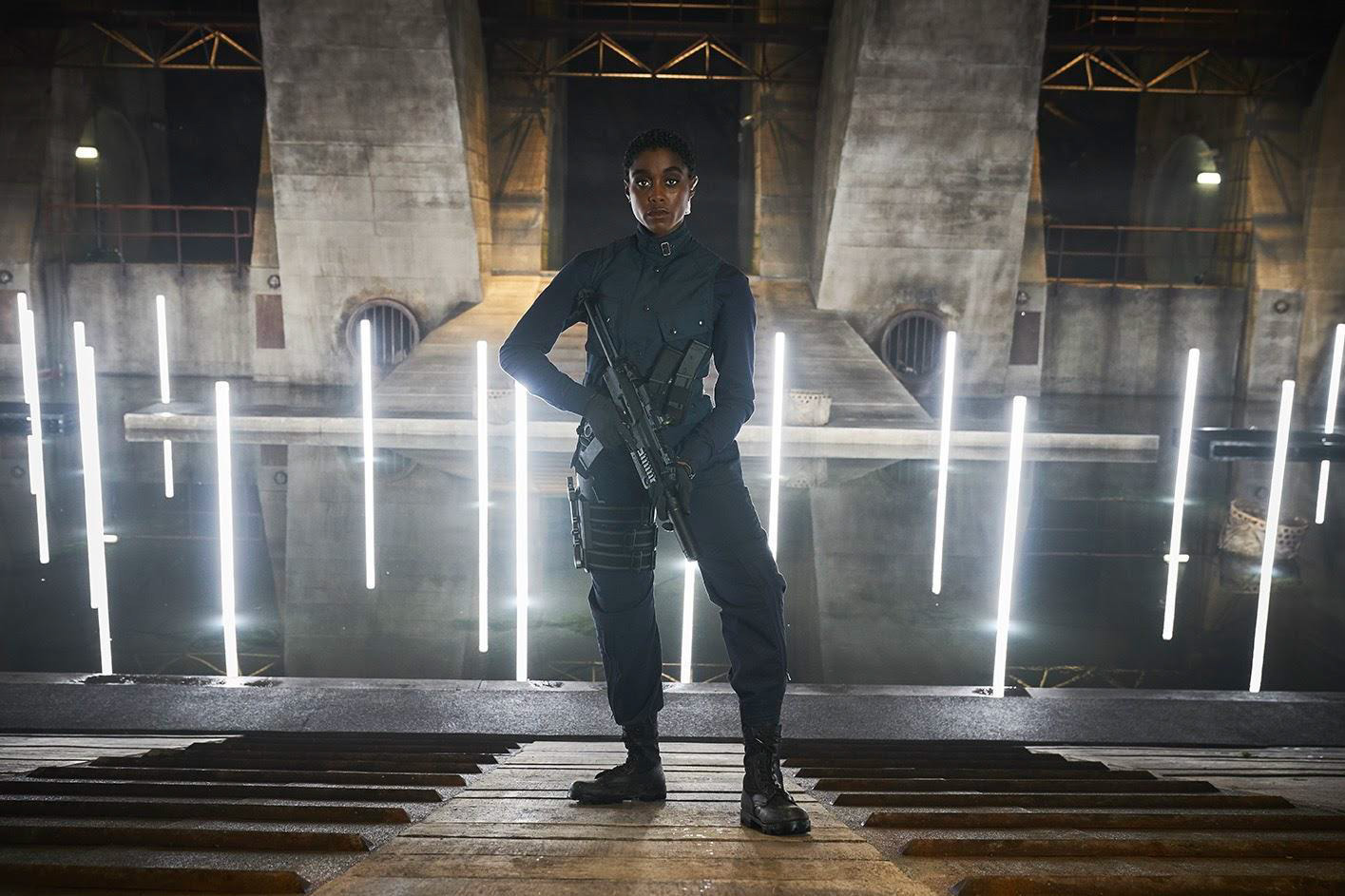
7) You need to pace yourself
The No Time to Die shoot was seven months long. It’s like a marathon, so you need to make sure you eat well and get enough sleep. I don’t drink coffee, despite loving it, as it gives me the shakes which is exactly not what you want as a photographer trying to hold a camera still! So I rely on proper nutrition to last the long days. That means laying off the sugar and sticking to lots of healthy snacks.
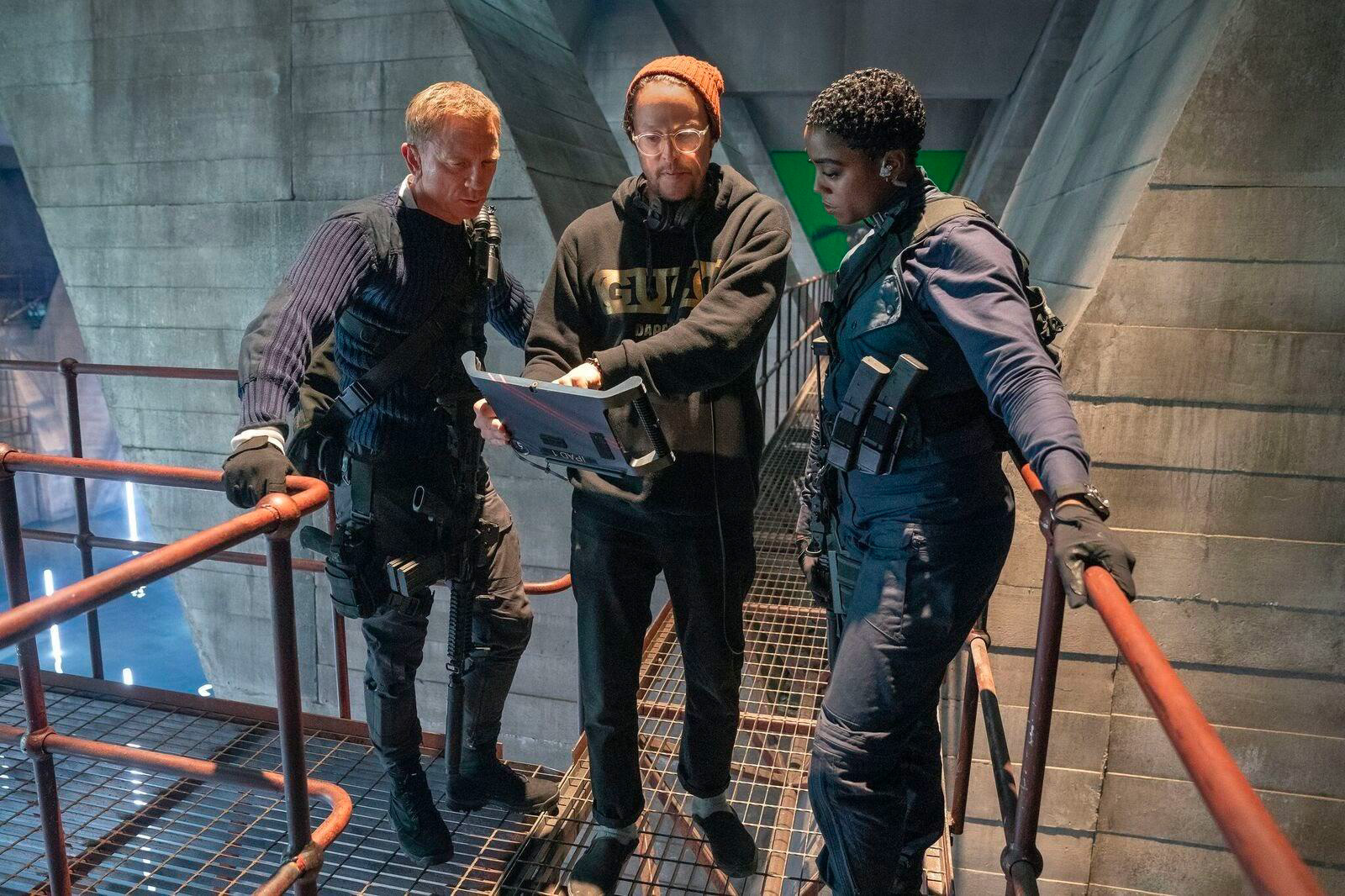
Nicola is currently based in New Zealand after spending 18 years living in the UK, where she built a career as a film stills photographer working on major feature films such as Murder on the Orient Express, directed by Kenneth Branagh, and Disney's Artemis Fowl.
After almost 20 years shooting film stills she now trains other photographers through her organization, the Film Stills Academy. Developed initially during the pandemic, the course is designed to fast-track film stills knowledge and demystify the role in the industry for aspiring photographers.
Her work will also be on display in two Bond related publications to mark the film’s release: No Time To Die: The Making of the Film (Penguin Random House) and The James Bond Archives No Time To Die Edition (Taschen).
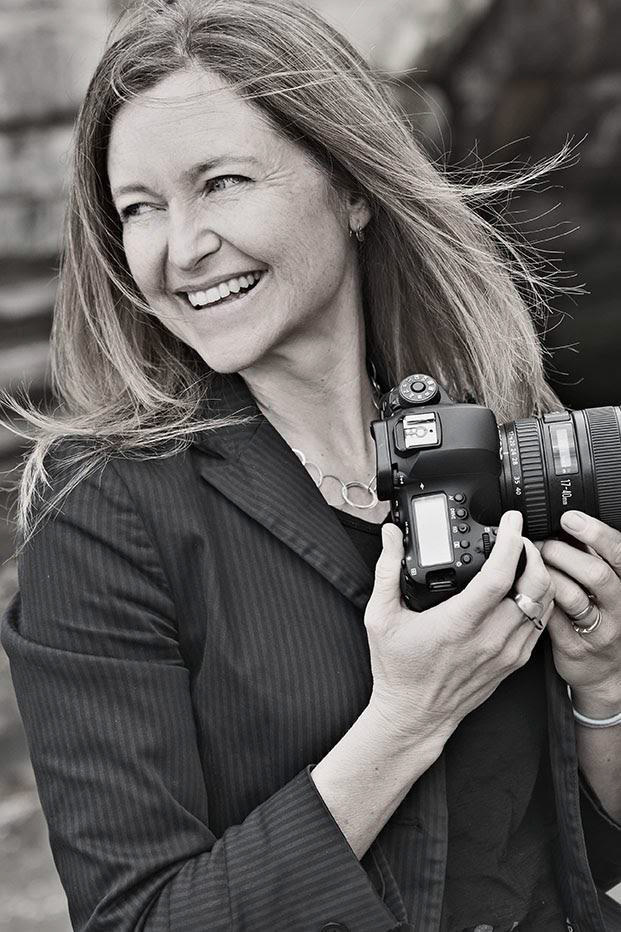
Read more:
Sony A9 review
Sony A9 II review
Leica Q2 Daniel Craig x Greg Williams
Leica Q2 007 Edition
Leica x James Bond exhibition celebrates 25 years of 007 films
DSLRs vs mirrorless cameras
Digital Camera World is one of the leading authorities on camera and photography news, reviews, techniques, tutorials, comparisons, deals and industry analysis. The site doesn't just specialize in cameras, but all aspects of photography, videography and imaging – including camera phones, gimbals, lenses, lighting, editing software, filters, tripods, laptops, printers, photo books, desks, binoculars and more.
Whether you're using, looking to buy or trying to get the most out of a compact camera, action camera, camera drone, cinema camera, beginner camera or professional camera, Digital Camera World has a roster of experts with combined experience of over 100 years when it comes to cameras, photography and imaging.

